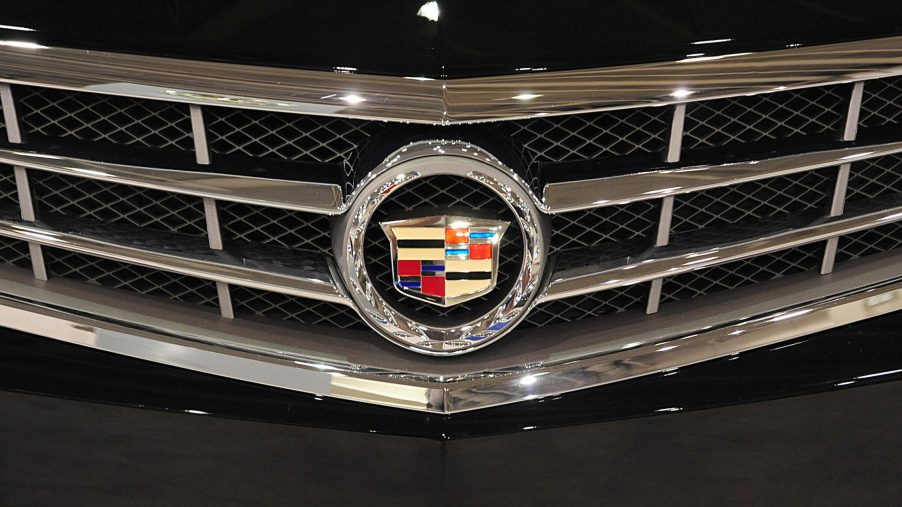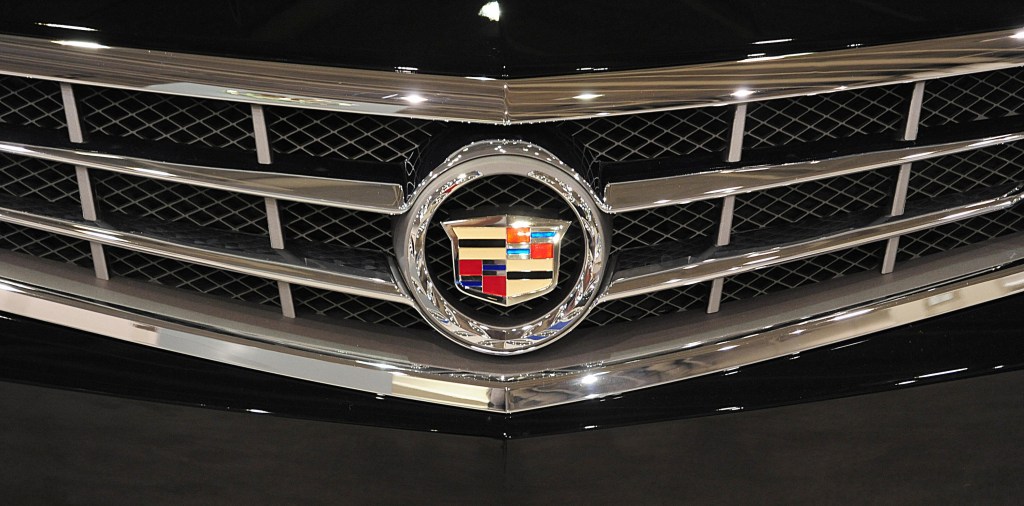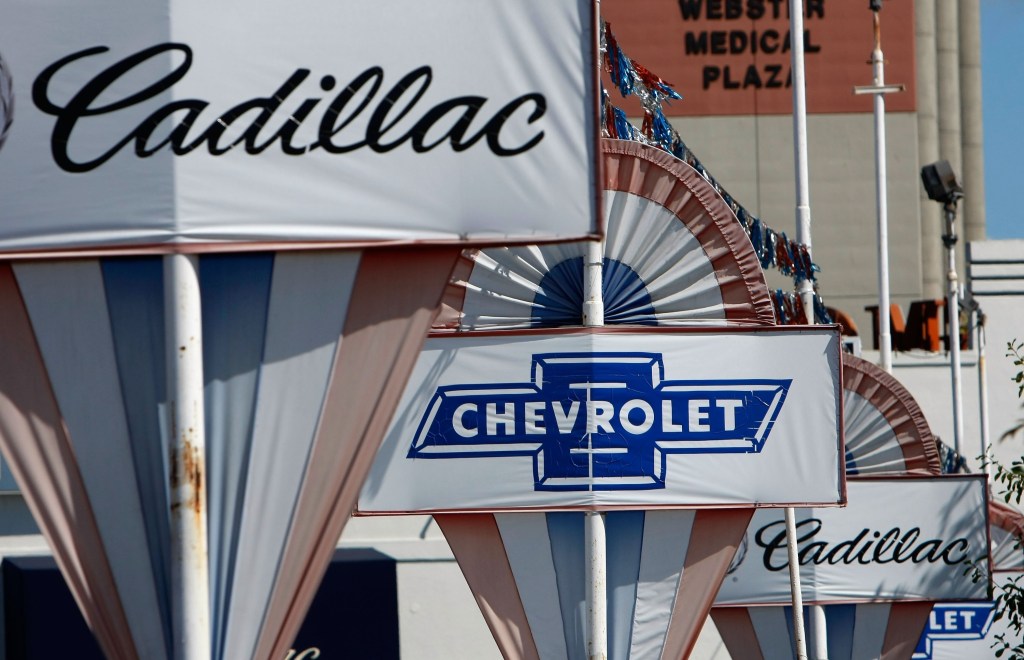
How Dropping a Racist Policy May Have Saved Cadillac From Collapse
Automotive sales were crushed after the great depression. GM put several low-selling brands on the chopping block, and Cadillac was one of them. A pioneering service executive urged the brand to end a problematic practice that may have given the brand the boost it needed to remain solvent. Was it social progress or something else that saved Cadillac from the ax?
Cadillac’s ugly historical policies

In the 1930s, it was not uncommon for businesses to have official and unofficial policies based on racial prejudice. Cadillac was no exception. The brand discouraged sales to black clients, afraid to damage its reputation for prestige.
In the years following the great depression, Cadillac sales plummeted. According to the Standard Catalogue of American Cars, Cadillac produced 20,001 cars in 1928. By 1933 production had dropped to 3179 units. The brand was on the brink of collapse.
GM’s board of directors met to discuss a production hiatus or the final end of the brand. An uninvited guest crashed the meeting and made a radical proposal that many credit with saving the brand. Nicholas Dreystadt would revolutionize the brand and impact other GM divisions.
A historical turn in the tide
German-born Nicholas Dreystadt was the head of Cadillac’s service department. He saw a large number of black Cadillac owners bringing their cars in for service. Dreystadt learned that these owners paid a white middle man to buy the vehicles in their stead.
Among ideas on cutting production costs and upping product quality, Dreystadt pitched the idea of ending this discriminatory practice. Executives gave Dreystadt 18 months to prove his theories. Between 1934 and 1935, Cadillac production jumped to 9566. by 1940 sales had increased ten-fold.
Many attribute the increase in sales to the end of racist sales policies. There is no hard data, such as sales figures organized by race, to prove a correlation. There’s also evidence that many dealerships continued to deny sales to black customers inappropriately after the brand’s unwritten policy had changed.
Legendary automotive journalist Warren Brown shared an account in a 1995 Washington Post column demonstrating how late Cadillac dealerships were employing discriminatory policies. In 1965 Brown’s mother was turned away from a Cadillac dealership. She eventually bought a 1965 Coupe DeVille from a white man in a neighboring city, a story that proves dealerships were still exercising racist policies more than 30 years after Dreystadt’s fateful meeting.
Cadillac still struggled with problematic practices

Cadillac’s marketing remained overtly untouched by the change in sales policies. The company’s imagery exclusively featured white models through the 1970s. It wouldn’t be until the 1990s that the brand would intentionally improve the diversity of its marketing.
Warren Brown was included in the Caddilac diversity in marketing program. Brown credited the brand with shining a spotlight on its unsavory past instead of trying to cover it up. Cadillac’s diversity in marketing initiative would serve as a template for other GM divisions.
Nicholas Dreystadt influenced the Cadillac brand and the automotive industry at large. His advocacy for selling to black buyers may be what saved Cadillac from imploding. The brand has since earned praise for its honesty regarding its part in unjust sales practices and its efforts to become socially conscious.
RELATED: Racial Divide: Ford Employees Want Company To Stop Building …


